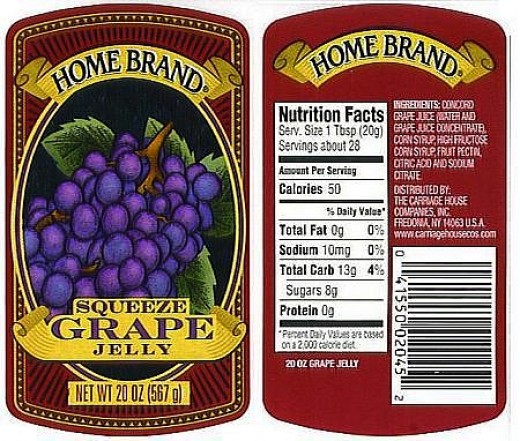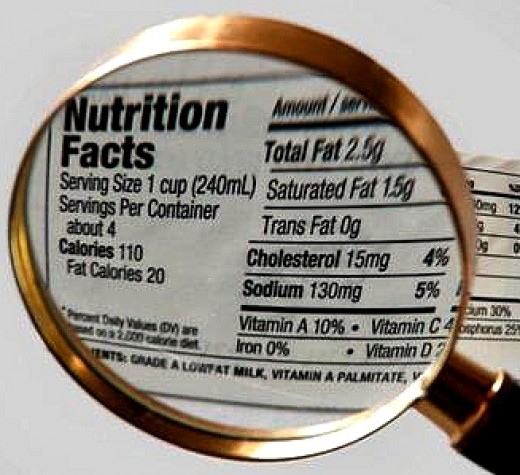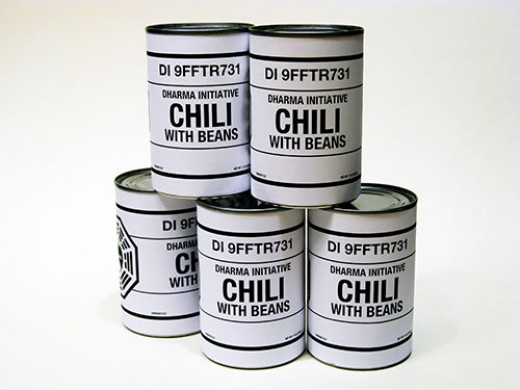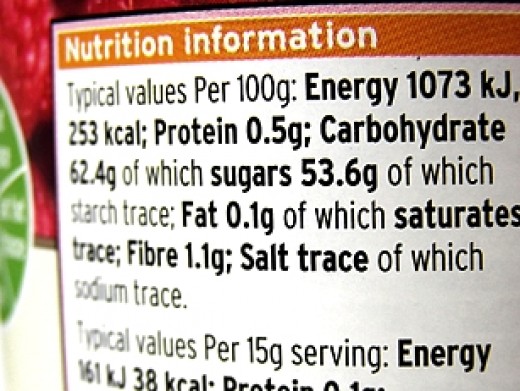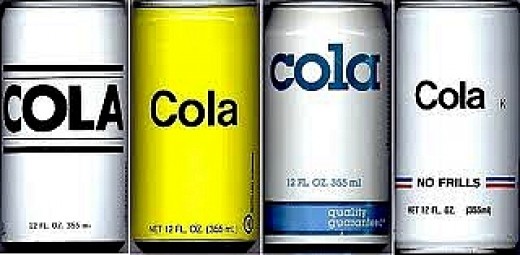Q&A: Generic Brands, Home Brand and Private Label Food Products
Financial downturns and money stress throughout the world has seen a jump in the prevalence and popularity of generic / home brand supermarket products. A store brand is created solely by the retailer for sale in a specific chain of stores. The retailer organizes the manufacture, marketing and packaging goods generally to provide an economy range of cheaper products. Generic brands are also known as home brands, house brands, own brands in the UK, private label brands (PLBs) in the US, and in Australia as home brands and generic brands. These products are unique because the store brand is managed exclusively by the retailer for sale only in their chain of stores. The retailer will organize the manufacturing, design the packaging, specify the product's quality, look, feel and taste, and market of the goods. Discount retailers such as Aldi mostly sell their own brands. The argument used in promoting generic brand goods is that they are generally cheaper than the popular brand goods because the retailer can control the production to keep prices down and there is reduced advertising costs that apply for the brand goods.
Because the generic goods are clearly identified as 'budget and discount' products and the reputation of the brand does not have to be sustained, consumers accept that these are lower quality products. A recent Rabobank study entitled: "Private Label vs. Brands: An inseparable combination", predicted that the share of store brands in the global market could double to 50 % by 2025. This is a startling growth in just 14 years and highlights the huge emphasis the retailers are devoting to these product. The branded products are being squeezed out by decreasing margins and the price they have to pay for priority shelf positions and other issues. But are generic brands good value for money, good quality and what other issues are important for consumers to consider before buying these products? This article provides Questions and Answers on generic foods.
Are Generic and Home Brand Products Good Value for Money?
The huge push to expand generic brand by retailers is not driven by a desire to provide cheap products to consumers. It is driven by the higher profits to the retailers for these goods. In many case the generic food products are produced by the manufacturers of the same branded goods that they resemble. They are produced at a much lower price and this means using lower price ingredients. The producer is no longer responsible to the consumer for the quality of the goods as the manufacturer is not identified on the label that has a general reference to 'packed by'. The consumer's decision about value for money depends on whether they are willing to accept the lower quality, substituted ingredients and lack of any reputation for the goods purchased.
Are Generic Brands Healthy?
While generic brands are subject to the same health regulations and branded good there is concern that the ingredients used are less healthy. Various analyses comparing generic products with brand-name goods have produced mixed results and comparisons are difficult because the items are not necessarily identical.
In Australia Dr Lyn Roberts, CEO of the National Heart Foundation claimed that cheaper in-house brands generally contained significantly contained calories, more salt, and more saturated and trans fats than branded products. Surveys had shown that more than 60 % of Australian consumers had changed to less-expensive supermarket brands. The switch to generic products to save money may be costly for consumer health and national health. . The foundation has analysed 5000 packaged food products, including margarine, breads, canned food and breakfast cereals.
Cheaper foods often equal cheaper, less healthy ingredients such as cakes, biscuits, and fiied chicken cooked in cheap imported palm oil laden with saturated fat,‘' Dr Roberts said. Palm oil, used for flying and in products such as biscuits, ice cream and chocolate, contained 55 per cent saturated fat, compared with about 12 per cent in sunflower-canola blend oil."
In Australia, the major retailer, Woolworths, has challenged the findings, claiming that branded and unbranded products were often identical. "In many instances, supermarket private label products are exactly the same as the branded equivalent: same ingeThe message is clear - Let the Buyer Beware
Consumers should carefully read the labels on generic food products and compare them with branded goods.
Are Consumers Happy about the Decline Branded Goods?
Many consumers do not want to buy the branded goods and are willing to pay a little extra to 'know what they are buying' and want to stick with brands that have a reliable reputation. Research in Australia has shown that generic home brands are unpopular. The push for generic goods to replace branded goods in prominent shelf positions and to 'hide' genuine discounts at floor level is reducing the choice offered for consumers. Genuinely discounted branded goods are probably better buys for consumers. Many smart shoppers are buying branded products in bulk at discount outlets to ensure they get quality goods at cheap prices.
Are the Ingredients used in Generic Products the Same?
This depends on the product and consumers should always check the list of ingredients. What is harder to check is the quality of the ingredients themselves. Many less than reputable generic brands do not use identical ingredients or the same high quality ingredients in their products. Consumers should check items such as the carbohydrate, calories, sugar, fat and salt contents which may be higher in the cheaper generic brands even though the list of ingredients is the same.
What about the Packaging and Quantities?
Read the package carefully as the generic brand may be designed to appear as a virtual clone of the branded product. The packaging may be shaped the same, the colors may be identical, similar fonts used and the name may be a very subtle variation on the branded product it is imitating. One sure way of identifying the generic item is to look who makes the product.
Consumers should always check the weight or quantity of the items within the package. Many generic items have few items in large boxes and part of the reason they are cheaper is that the package contains less. Another issue is that the generic brand may only be available in larger quantities which may lead to waste and over-consumption.
Are Discounted Branded Goods better Value than Generic Brands?
Generic brands rarely go on sale. Name brands when they are on sale or when coupons are available many be very close to the price of the generic products. Branded goods manufacturers offer coupons to promote their products and to launch new products. Generic brands generally don't feature on coupons. Discounted branded goods are often a better buy than generic brands.
How Can You Check where the Generic Brand is Made?
Many generic brands are made by brand-name manufacturers. However, this information is seldom on the label which will only refer to 'packed by ...' for the Retailer's Name'. If you are really concerned then you can simply call the company and try to find out.
Be careful about 'country of origin'. If you are concerned about where the product or the ingredients originate it pays to check the label. Many consumers are surprised that the generic brand goods are imported or contain imported ingredients, when branded-goods are locally made.
Why are the Generic Products Cheaper if the Retailers say the Products are Identical with Brand-name Goods?
This is not rocket science. The retailers claim that the cost reduction is purely related to reducing the advertising and brand reputation costs required for marketing the brand-name products. It may also be about the cost of packaging. But a major part of it has to do with the quality of the ingredients and of the products themselves. A brand-name items tends to have a higher quality of product, it is known to the consumer. The generic version may have inferior ingredients and there may be less diligence with the quality control as well. Consumers can tell the difference for obvious reasons. Saving money to buy an inferior product that you are not pleased with, is less satisfying or has doubtful ingredients may not be beneficial in the long run and unhealthy is not smart. However, after doing some checking you may be more than satisfied with the generic products which are good value for money.
